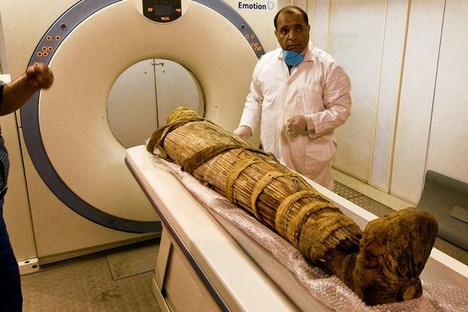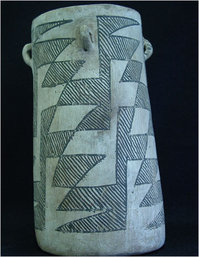(p. 1) . . . some of the largest tribes in the United States derive their budgets from the very fossil fuels that Mr. Trump has pledged to promote, including the Navajo in the Southwest and the Osage in Oklahoma, as well as smaller tribes like the Southern Ute in Colorado. And the Crow are among several Indian nations looking to the president’s promises to nix Obama-era coal rules, pull back on regulations, or approve new oil and gas wells to help them lift their economies and wrest control (p. 14) from a federal bureaucracy they have often seen as burdensome.
The president’s executive order on Tuesday [March 28, 2017], which called for a rollback of President Barack Obama’s climate change rules, is a step toward some of these goals.
At the tribes’ side is Ryan Zinke, who as the new interior secretary is charged with protecting and managing Indian lands, which hold an estimated 30 percent of the nation’s coal reserves west of the Mississippi and 20 percent of known oil and gas reserves in the United States.
In a recent interview, Mr. Zinke noted that he was once adopted into the Assiniboine and Sioux tribes and said he would help native nations get fossil fuels to market.
“We have not been a good partner in this,” he said. “The amount of bureaucracy and paperwork and stalling in many ways has created great hardship on some of the poorest tribes.
“A war on coal is a war on the Crow people,” he continued. “President Trump has promised to end the war.”
For the full story, see:
JULIE TURKEWITZ. “Tribes That Live Off Coal Hold Tight to Trump’s Promises.” The New York Times, First Section (Sun., APRIL 2, 2017): 1 & 14.
(Note: ellipsis, and bracketed date, added.)
(Note: the online version of the story has the date APRIL 1, 2017, and has the title “Tribes That Live Off Coal Hold Tight to Trump’s Promises.”)




